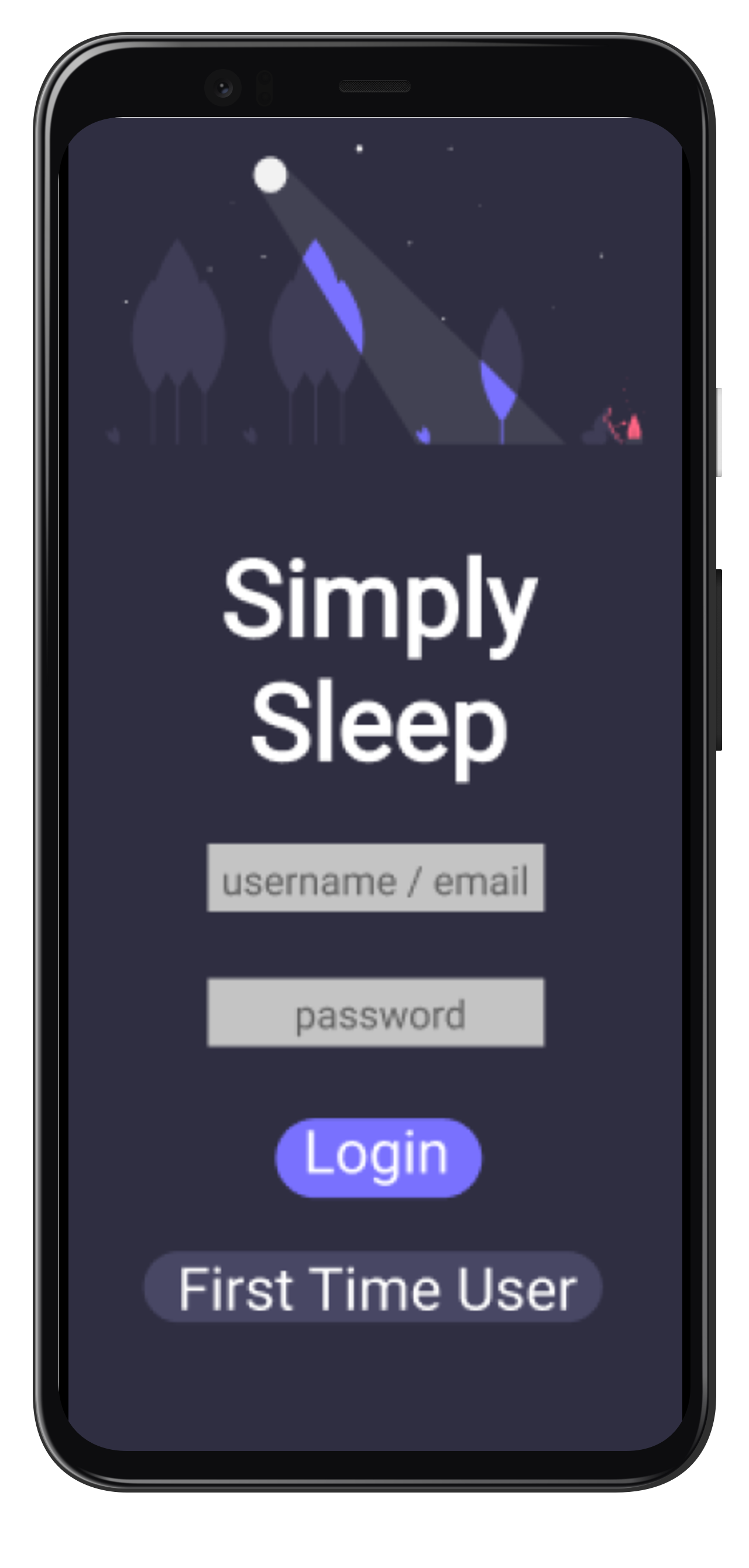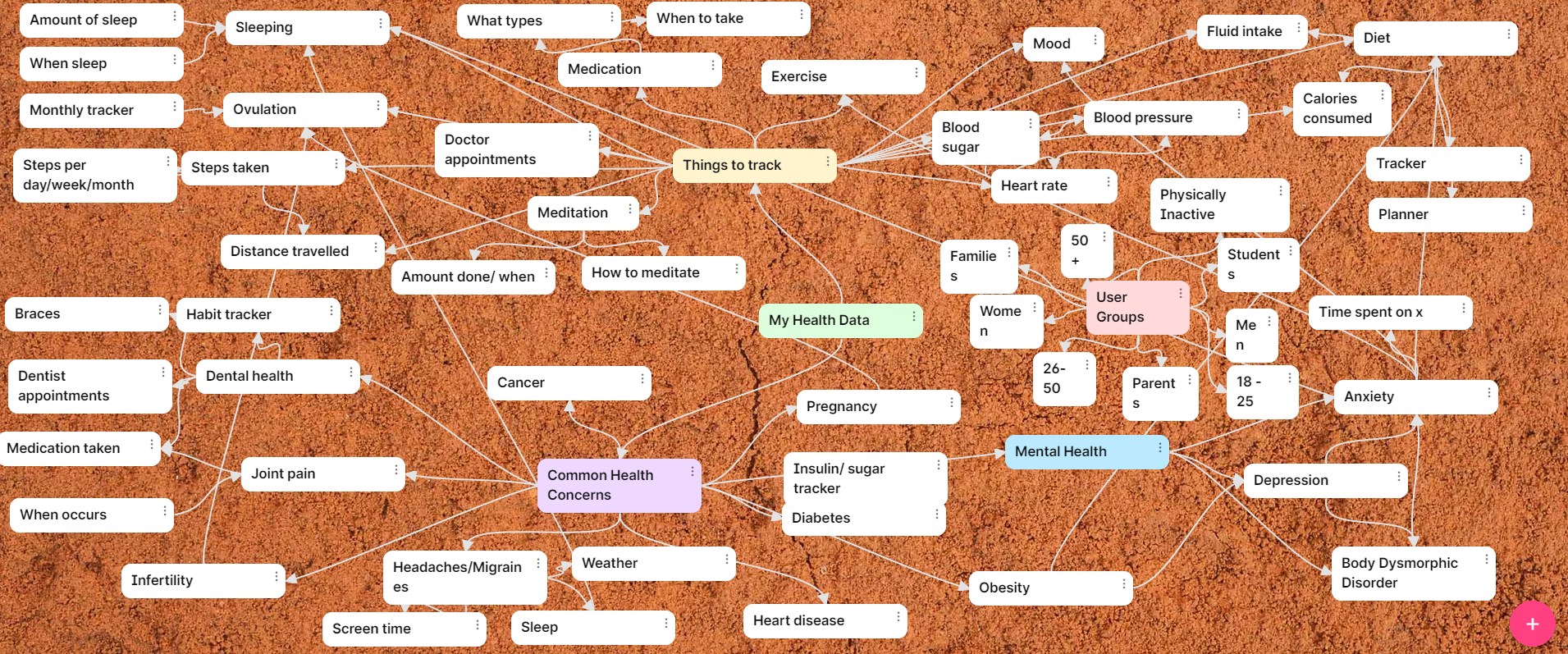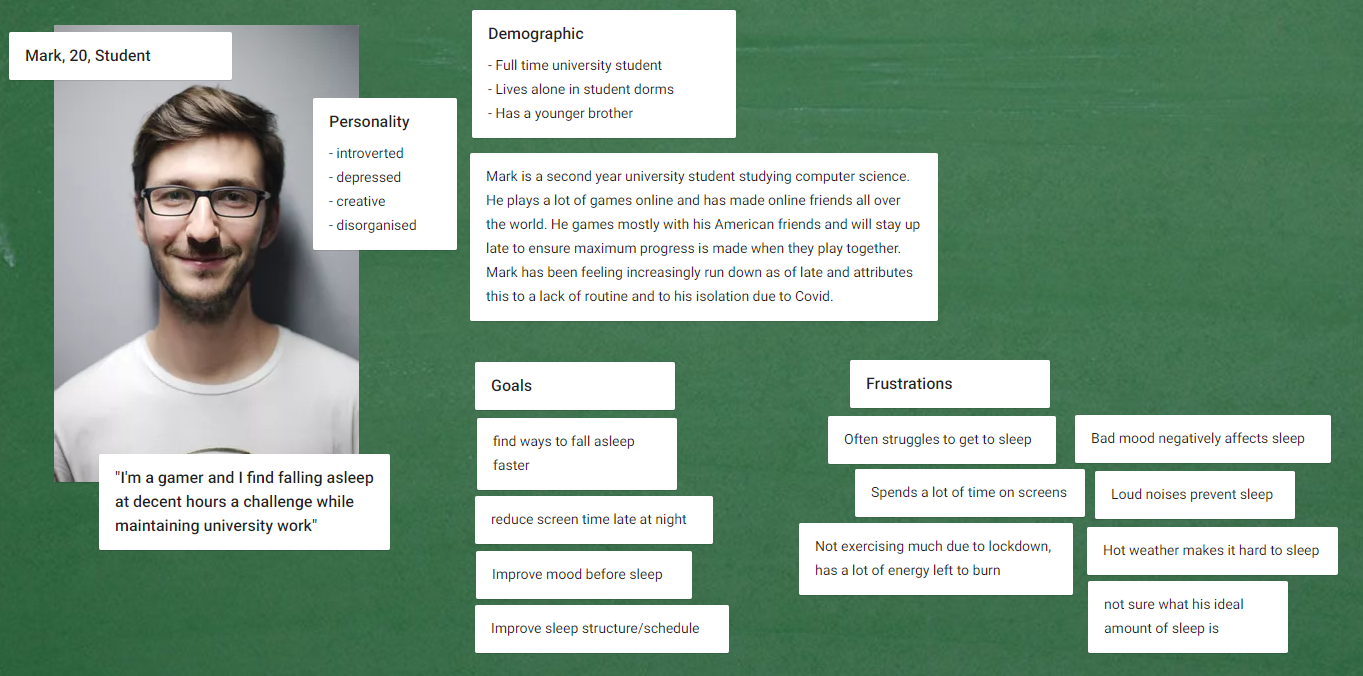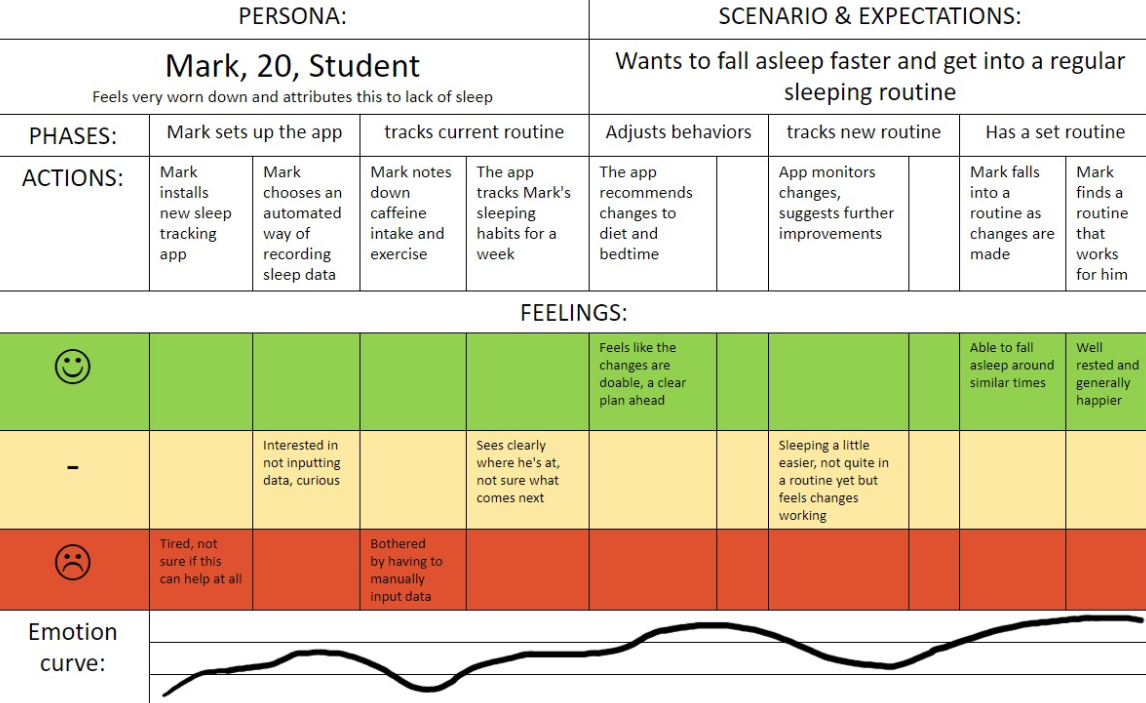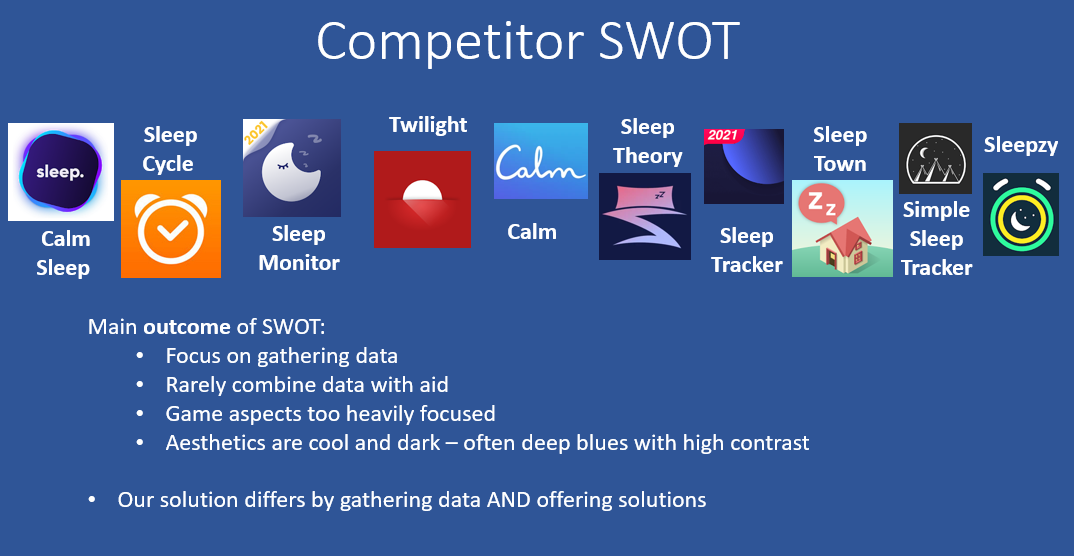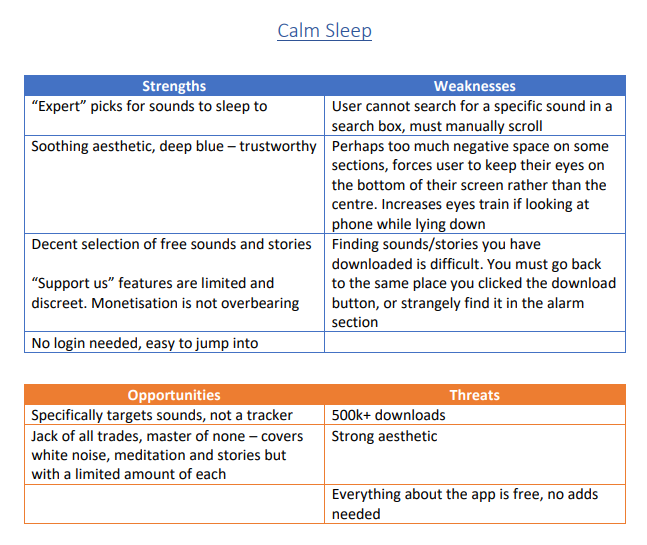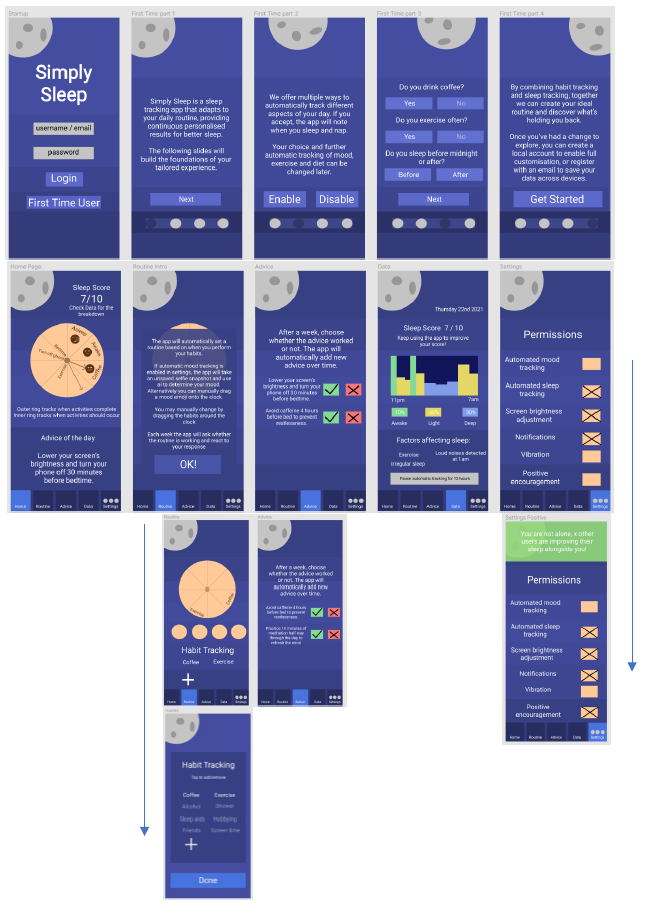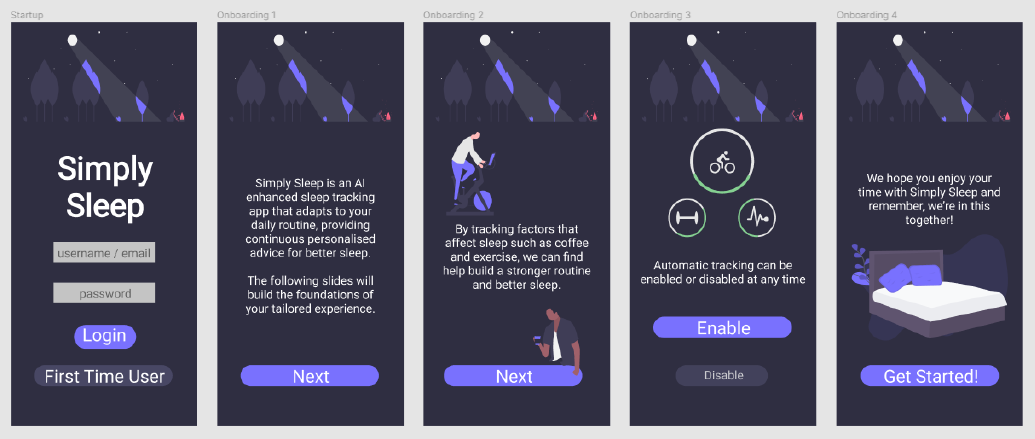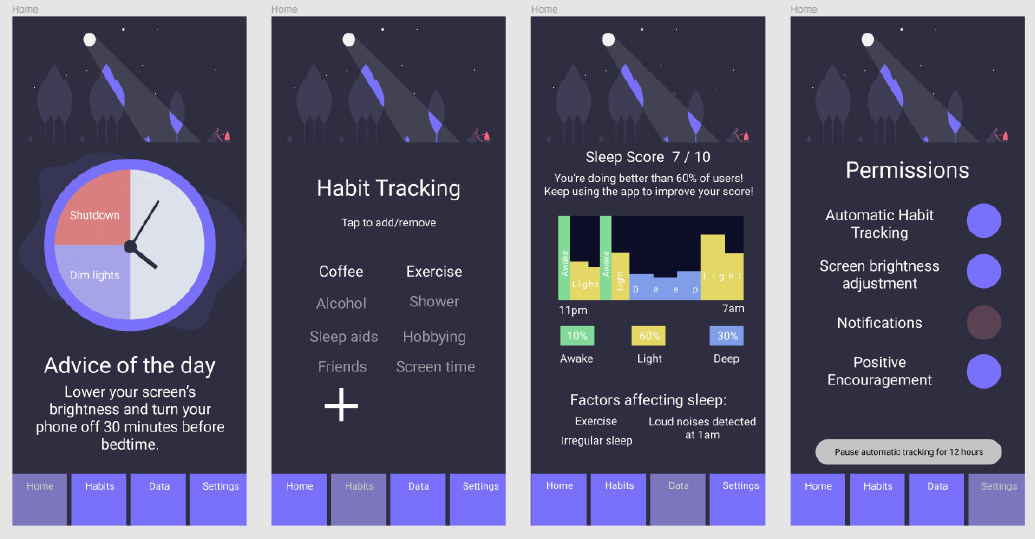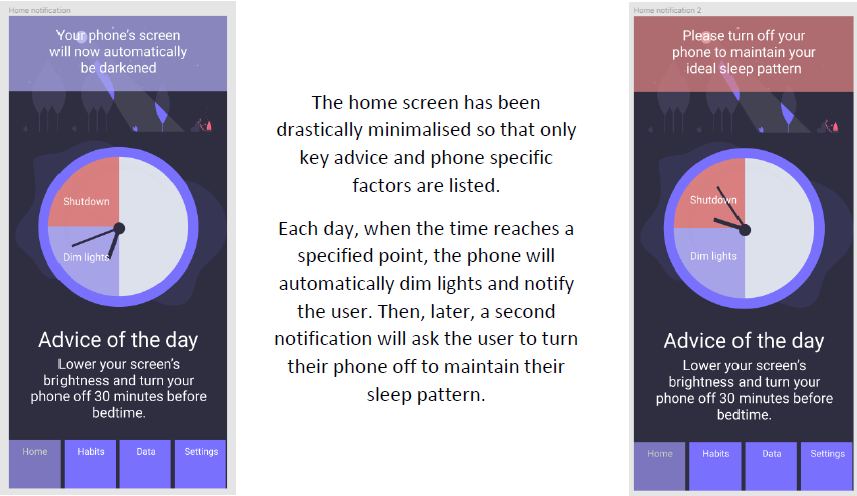February - April 2021
Fruto Studio Mobile Prototype,
UX / UI Designer
Overview
During 2021 I was tasked with identifying one key health issue for
a population group, conducting user research and designing a
mobile application prototype.
Initial ideation and brainstorming was performed in a group before
splitting to develop a series of individual prototypes.
Process
- Ideation
- Initial Data Gathering
- Personas
- User Journey Maps
- SWOT
- Design Research
- Prototyping
Tools
- Figma, Adobe Illustrator
